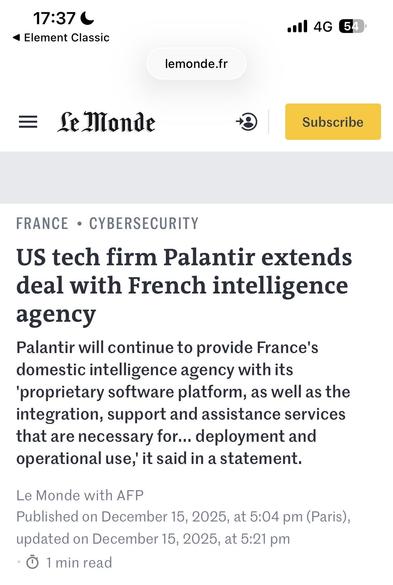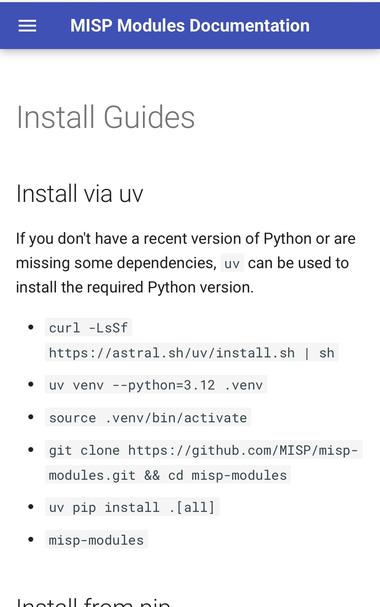AIL v6.6 is a release with a strong focus on PDF ingestion (captured from social networks or other collection sources) and translation, crawler improvements, and operational enhancements across users, queues, and metadata handling.
This version significantly expands AIL’s document-processing and data-collection capabilities by introducing a hardened PDF ingestion pipeline where all PDFs are converted to PDF/A and stripped of embedded metadata before ingestion to remove malicious content.
It also allows users to browse content locally with Lacus and send captured pages directly to AIL as crawler data, along with associated browser cookies and local storage imported as a cookiejar for reuse by the crawler, while continuing to improve reliability, scalability, and analyst workflows.
https://www.ail-project.org/blog/2025/12/12/v6.6.released/
#cti #opensource #threatintelligence #ail #darkweb #cybersecurity #intelligence #osint
@circl
@terrtia




